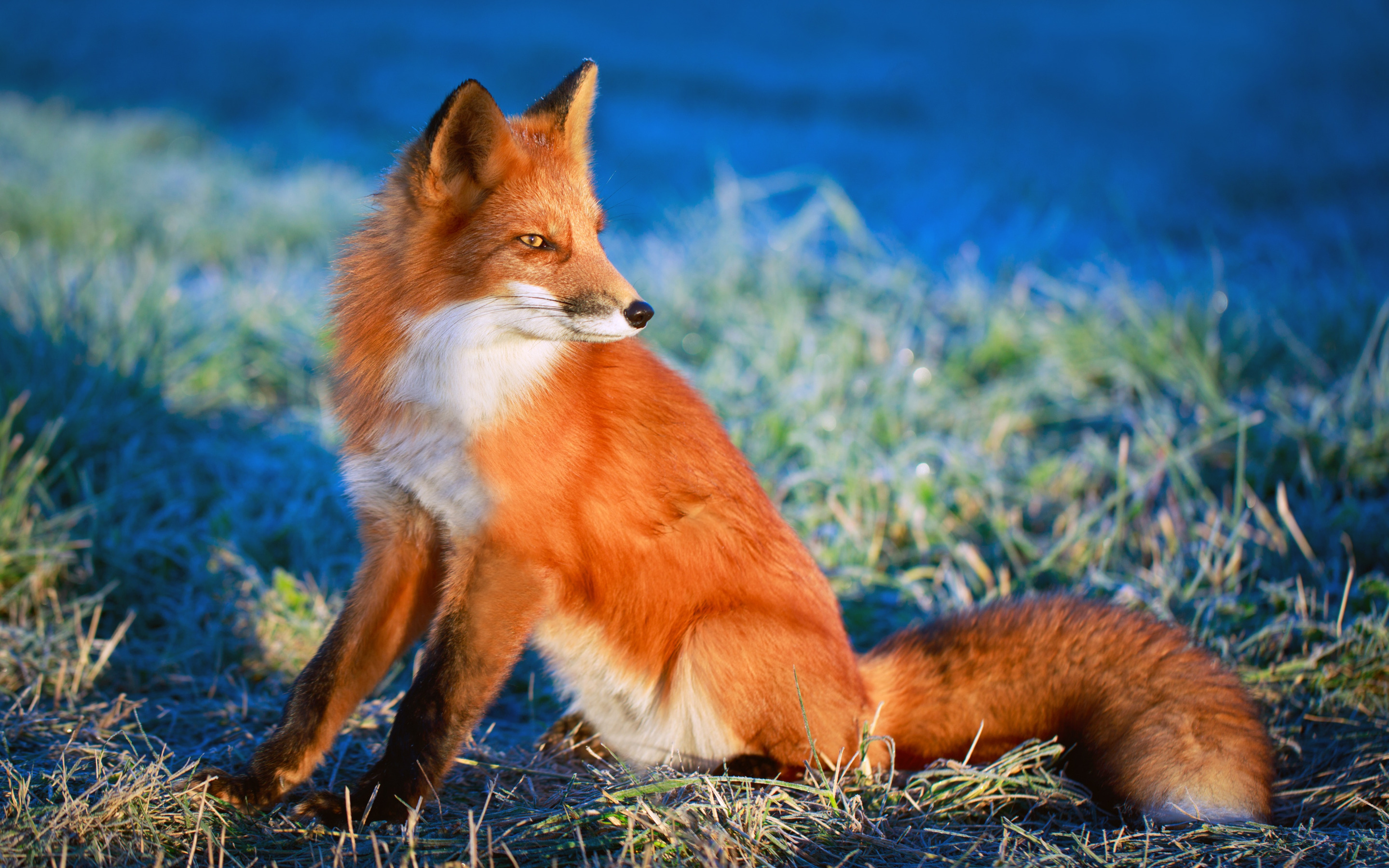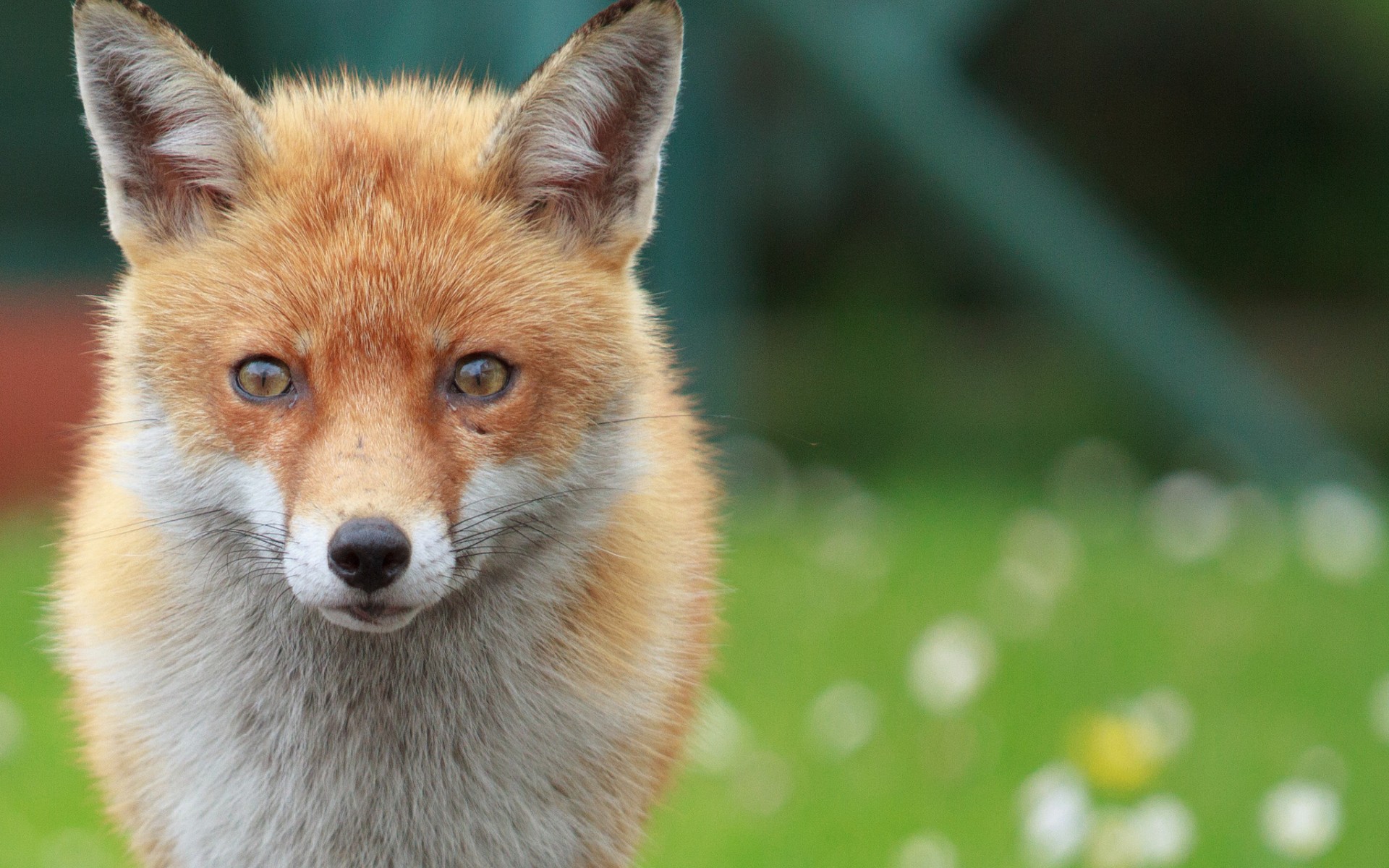
The fox is a captivating creature that has fascinated humans for centuries with its cunning nature, sleek appearance, and remarkable adaptability. From folklore to literature, the fox holds a prominent place in cultures around the world, symbolizing various traits such as intelligence, trickery, and resilience.
Foxes belong to the Canidae family, which includes dogs, wolves, and other similar species. They are highly adaptable animals, found in diverse habitats ranging from forests and mountains to urban areas and even deserts. Their adaptability has enabled them to thrive in various environments across the globe, from the Arctic tundra to the Australian outback.
One of the most striking features of foxes is their beautiful fur, which comes in a range of colors including red, gray, brown, and silver. This luxurious coat not only provides insulation against harsh weather conditions but also serves as effective camouflage in their natural habitats.
Foxes are known for their intelligence and cunning, traits that have earned them a prominent place in folklore and mythology. In many cultures, foxes are portrayed as sly and clever tricksters, outsmarting other animals with their wits and cunning schemes.

In addition to their cunning, foxes are also skilled hunters. They have keen senses of sight, smell, and hearing, which they use to locate prey such as rodents, birds, and insects. Foxes are opportunistic feeders and will also scavenge for food when necessary.
Despite their reputation as solitary animals, foxes are actually quite social creatures. They form complex social structures within their family groups, known as “vixens,” which consist of a dominant male, one or more females, and their offspring. Within these family units, foxes engage in grooming, playing, and even hunting together.
One of the most iconic behaviors of foxes is their hunting technique, which often involves stalking their prey stealthily before pouncing with remarkable agility and speed. They are also known for their ability to cache food, storing excess prey in underground burrows or hidden locations to consume later.
Foxes are crepuscular animals, meaning they are most active during the dawn and dusk hours. This behavior helps them avoid competition with larger predators such as wolves and coyotes, which are more active during the day.
In addition to their hunting prowess, foxes are also skilled at avoiding predators themselves. Their agile bodies and keen senses allow them to evade danger by hiding in dense vegetation or burrowing into the ground.

Foxes play a vital role in the ecosystems they inhabit, helping to control populations of small mammals and insects. As predators, they help maintain the balance of various species within their ecosystems, preventing overpopulation of certain prey species.
Despite their adaptability and resilience, foxes face numerous threats in the wild, including habitat loss, pollution, and persecution by humans. In many areas, foxes are hunted for their fur or considered pests by farmers due to predation on livestock.
Conservation efforts aimed at protecting fox populations include habitat preservation, wildlife corridors, and education about coexistence with these remarkable animals. By raising awareness about the importance of foxes in their ecosystems, we can help ensure their survival for future generations to enjoy.
In recent years, researchers have gained new insights into the behavior and ecology of foxes through advances in technology such as GPS tracking and remote camera monitoring. These studies have revealed fascinating aspects of fox behavior, including their ranging patterns, social interactions, and reproductive strategies.
Foxes are highly adaptable animals that have successfully colonized diverse habitats around the world, from rural farmlands to urban parks. Their ability to thrive in human-altered landscapes highlights their remarkable resilience and adaptability.

Foxes are opportunistic feeders that will consume a wide variety of food items, including small mammals, birds, insects, fruits, and carrion. This dietary flexibility enables them to exploit a wide range of habitats and food resources.
In addition to their natural predators, foxes also face threats from human activities such as habitat destruction, pollution, and hunting. Conservation efforts are essential to ensure the long-term survival of fox populations and the ecosystems they inhabit.
Foxes are known for their playful behavior, which includes frolicking, chasing, and wrestling with members of their family group. These playful interactions serve important social and developmental functions, helping young foxes learn vital hunting and survival skills.
Foxes are highly territorial animals, with individuals marking their territories with scent markings and vocalizations to deter intruders. Territories are defended primarily by the dominant male and female within a family group, who will aggressively chase away rival foxes.
Foxes have a wide range of vocalizations, including barks, screams, and howls, which they use to communicate with each other. These vocalizations play important roles in maintaining social cohesion within family groups and signaling threats or opportunities to other foxes in the area.
Foxes are known for their distinctive hunting behavior, which often involves stalking their prey stealthily before pouncing with remarkable agility and speed. They are skilled hunters that use a combination of stealth, patience, and speed to capture their prey.

Foxes are skilled at adapting to changing environmental conditions, which has enabled them to thrive in a wide range of habitats around the world. Their ability to exploit new food sources and adapt their behavior to different environments highlights their remarkable resilience.
Foxes are highly adaptable animals that have successfully colonized diverse habitats around the world, from rural farmlands to urban parks. Their ability to thrive in human-altered landscapes highlights their remarkable resilience and adaptability.
Foxes play a vital role in maintaining the balance of various species within their ecosystems by controlling populations of small mammals and insects. As predators, they help regulate the abundance of prey species, preventing overpopulation and ecosystem imbalances.
Foxes are highly intelligent animals that are capable of learning and problem-solving. They exhibit complex behaviors such as caching food, communicating with each other through vocalizations and body language, and coordinating group hunting strategies.
Foxes are opportunistic feeders that will consume a wide variety of food items, including small mammals, birds, insects, fruits, and carrion. This dietary flexibility enables them to exploit a wide range of habitats and food resources.

Foxes are highly territorial animals that establish and defend territories against intruders. Territories are marked with scent markings and vocalizations, which serve to deter rival foxes and communicate ownership to other members of the species.
Foxes are known for their playful behavior, which includes frolicking, chasing, and wrestling with members of their family group. Play serves important social and developmental functions, helping young foxes learn vital hunting and survival skills.
Foxes are opportunistic breeders, with mating typically occurring in late winter or early spring. After a gestation period of around 50 days, females give birth to litters of pups in underground dens, where they are cared for and protected by both parents.
Foxes are monogamous animals, with pairs forming strong bonds that last throughout the breeding season. Both parents participate in caring for the young, providing food, protection, and guidance as the pups grow and develop.

Foxes exhibit a wide range of vocalizations, including barks, screams, and howls, which they use to communicate with each other. These vocalizations play important roles in maintaining social cohesion within family groups and signaling threats or opportunities to other foxes in the area.
Foxes are highly adaptable animals that have successfully colonized diverse habitats around the world, from rural farmlands to urban parks. Their ability to thrive in human-altered landscapes highlights their remarkable resilience and adaptability.
Foxes are skilled at adapting to changing